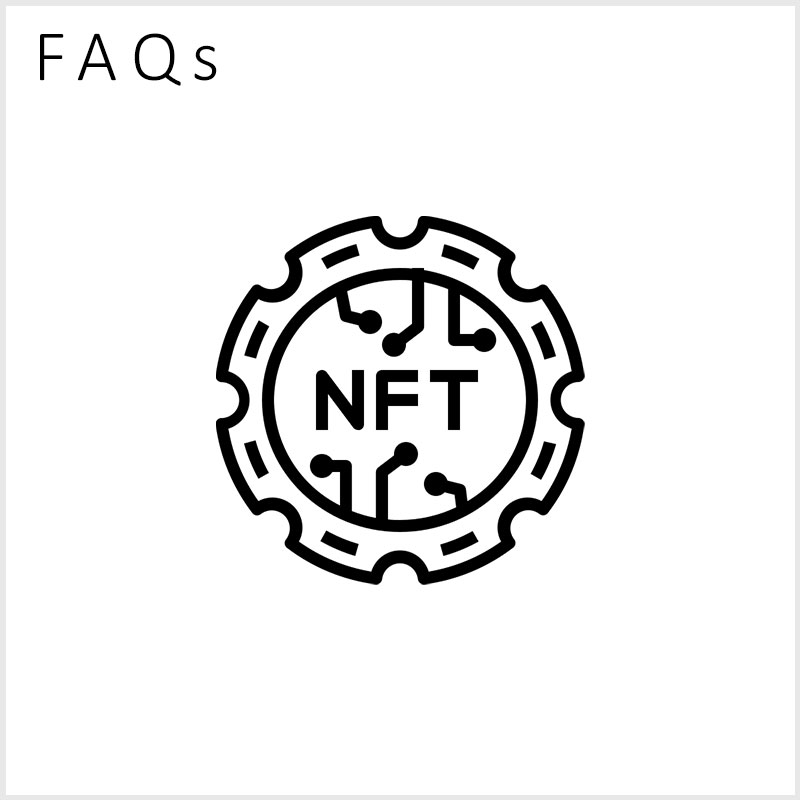
Before understanding NFT, you must understand what is fungibility. Fungibility is the property of the object or item to be interchanged with another copy of the same type or similar type or different type without affecting its value. Money is the best example of fungible tokens. If I have a $100 bill & you have five $20 bills then we can exchange it easily without causing any loss or benefit to anyone. Similarly, Non-Fungible items are those which can not be interchanged like this.
Gallery art hanging in the museum is the best example of Non Fungibility. Every art is unique & can not be replaced by any similar items.
Non-Fungible Token (NFT) represents a one-of-a-kind digital asset which has been securitized by the backing of cryptography (the same technology we use to generate cryptocurrencies) and thus allows the owner to claim their creation.
It’s just a digital representation of your digital assets (image, video, text file, pdf, etc.) whose proof-of-existence & proof-of-ownership is being managed by a Blockchain ledger, simply called Blockchain. This is only possible because the Blockchain ledger is considered immutable (means can not be altered or removed) and thus cannot be tampered with by anyone without paying billions of dollars & years of time.
NFTs can be created for a wide variety of digital art and assets like music, painting, memes, videos, gaming collectibles and a lot more. Since NFTs provide a sense of belonging and help in establishing a proof of ownership, they are being used to secure domain names, gaming collectibles, any priceless memory, and much more.
In brief, anything which is unique, has some worth, and can be digitally minted, qualifies to be converted to NFTs.
 0
0